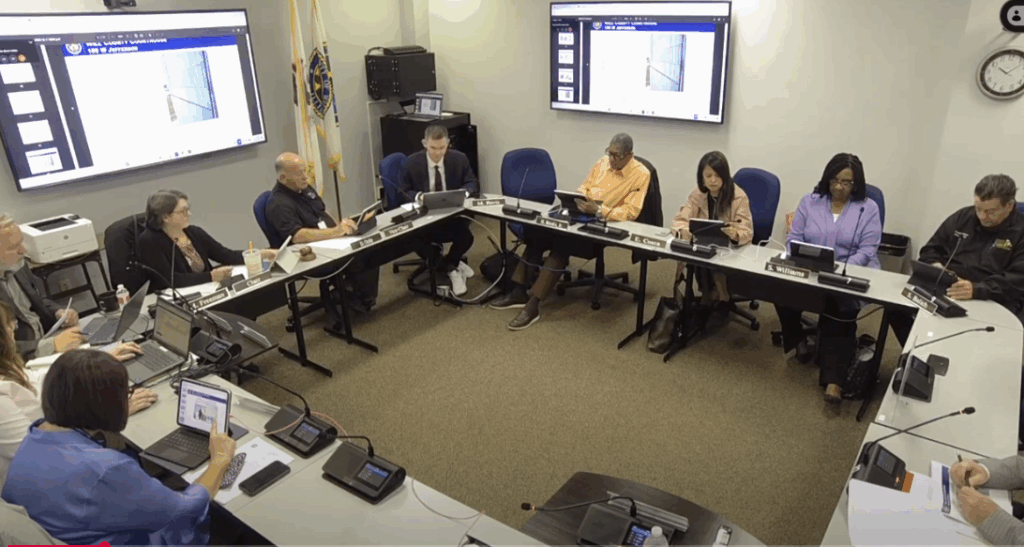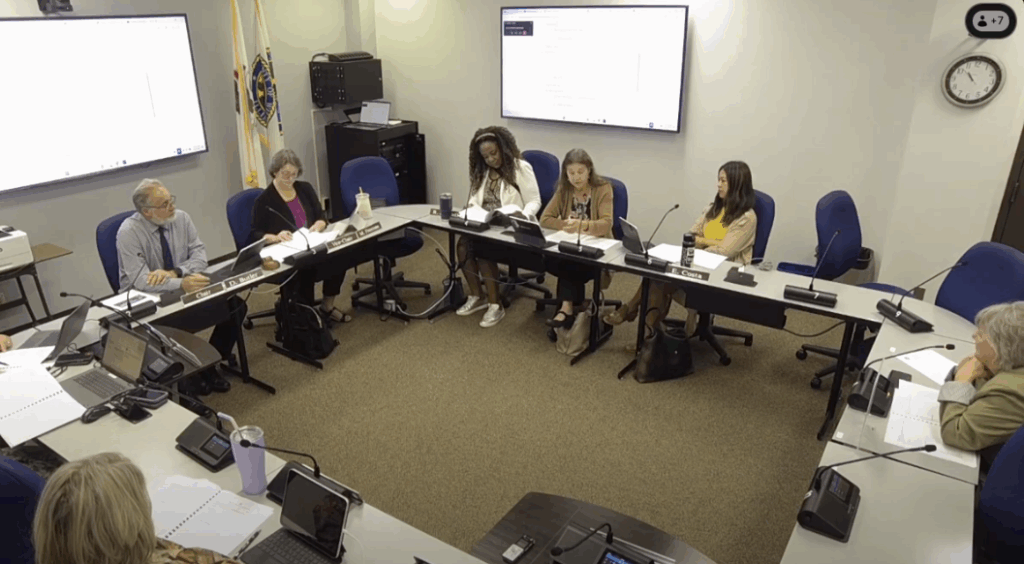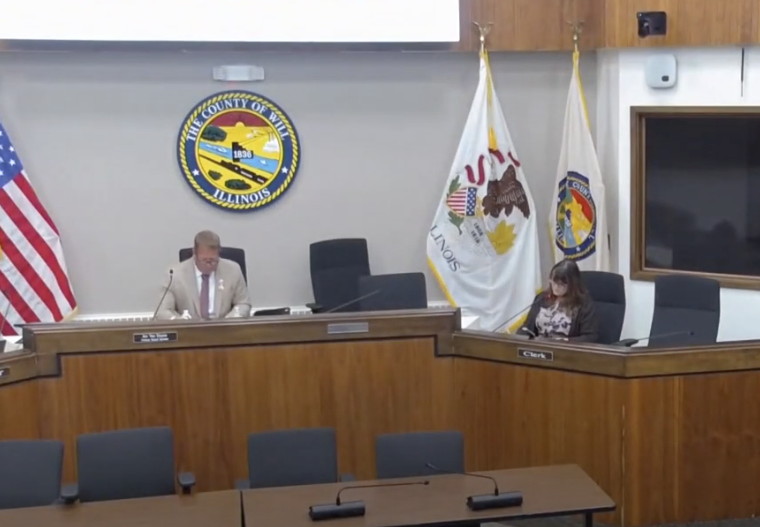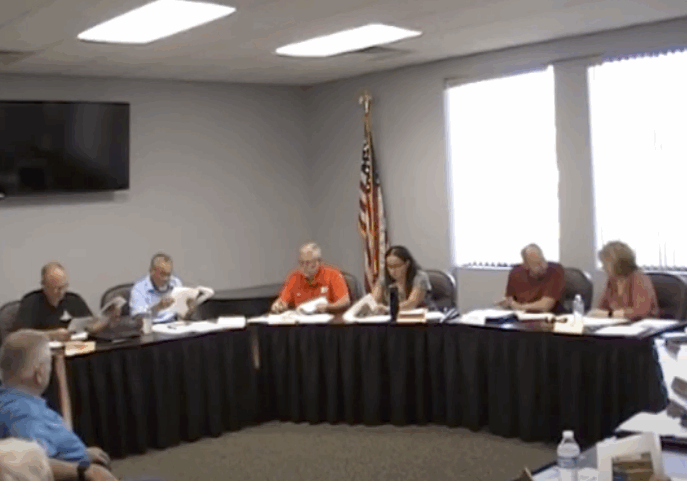
Beecher Officials Scrutinize Lennar Homes Construction, Reaffirm Stricter Electrical Code
Article Summary: Following a detailed presentation from the local fire chief highlighting significant safety concerns about building materials and practices in new Lennar Homes, the Beecher Village Board reached a consensus to maintain its stricter local requirement for electrical conduit, rejecting the less-stringent national code that allows Romex wiring. The village’s third-party inspection firm, Safebuilt, is also under review for failing to enforce the village’s existing code.
Beecher Construction Safety Key Points:
-
Beecher’s fire chief presented photographs showing potential construction hazards in new Lennar Homes in the Hunter’s Chase subdivision.
-
Specific concerns included the use of lightweight engineered I-joists, truss-style roofs held by gusset plates, and an improperly installed oven vent.
-
The board discussed the use of Romex wiring in several homes, a violation of the village’s current code which requires metal or plastic conduit.
-
Trustees agreed to direct their code consultant, Safebuilt, to finalize updates to the 2021 building code while explicitly retaining the local amendment for conduit.
BEECHER, IL – The Beecher Village Board is taking a hard look at construction practices in the new Hunter’s Chase subdivision after the fire chief raised significant safety concerns, prompting trustees to reaffirm their commitment to an electrical code that is stricter than national standards.
During the board’s September 8 meeting, Fire Chief Falaschetti presented a series of photographs from Lennar Homes currently under construction, detailing building materials and methods he described as hazardous to both future residents and first responders.
“We as a community have to do a better job making sure that these homes are built with our expectations,” Chief Falaschetti told the board. “Please help us help you. Can we fix this as a group?”
Among the chief’s concerns were the use of lightweight engineered I-joists and truss roofs held together by small metal gusset plates. He brought a sample I-joist to the meeting, noting its lack of structure compared to traditional dimensional lumber, particularly for floors above garages, which he called one of the “highest fire loads” in a home.
Referring to the truss roof systems, he stated bluntly, “These kill firefighters.” He explained that the metal gusset plates are only pressed about 3/8 of an inch into the wood and can fail quickly in a fire, leading to catastrophic collapse. While permissible by code, he suggested the village could require additional fire protection, such as covering the plates with drywall.
The chief’s presentation also sparked an immediate discussion about electrical wiring. He showed photos of Romex wiring—a brand of flexible, non-metallic sheathed cable—installed in the homes, including one instance where a staple was driven directly through the wire. Beecher’s village code, which is an amended version of the National Electric Code (NEC), explicitly requires all wiring to be run through metal or plastic conduit for added protection.
Administrator Charity Mitchell confirmed that the village’s third-party inspection firm, Safebuilt, apparently missed the violation during its plan review. “That is unacceptable,” Chief Falaschetti said of the oversight.
The issue resurfaced later in the meeting as the board discussed finalizing an update of its building codes from the 2015 to the 2021 version. President Marcy Meyer said the village would meet with Safebuilt on September 11 to complete the update process, which began in April. The central question for the board was whether to keep the stricter conduit requirement or adopt the standard national code that allows Romex.
Trustees voiced strong support for maintaining the conduit rule.
“With us being in a farm area, rodents could chew right through that, you got nothing,” said Trustee Brian Diachenko, who also noted conduit makes it easier for homeowners to add or change wiring in the future.
Trustee Roger Stacey added, “I would prefer conduit because it’s easier to pull new lines through if you ever had to do that… It’s a lot safer.”
The board reached a consensus to direct Safebuilt to draft the final code updates with the local amendment requiring conduit.
Meanwhile, the existing violations in the Hunter’s Chase development must still be addressed. The meeting minutes noted that one model home is already completed and drywalled with Romex wiring, and three other homes are under construction. Mitchell was directed to contact Lennar Homes and Safebuilt to determine a resolution, with the board also discussing the possibility of changing inspection companies in the future.
Latest News Stories
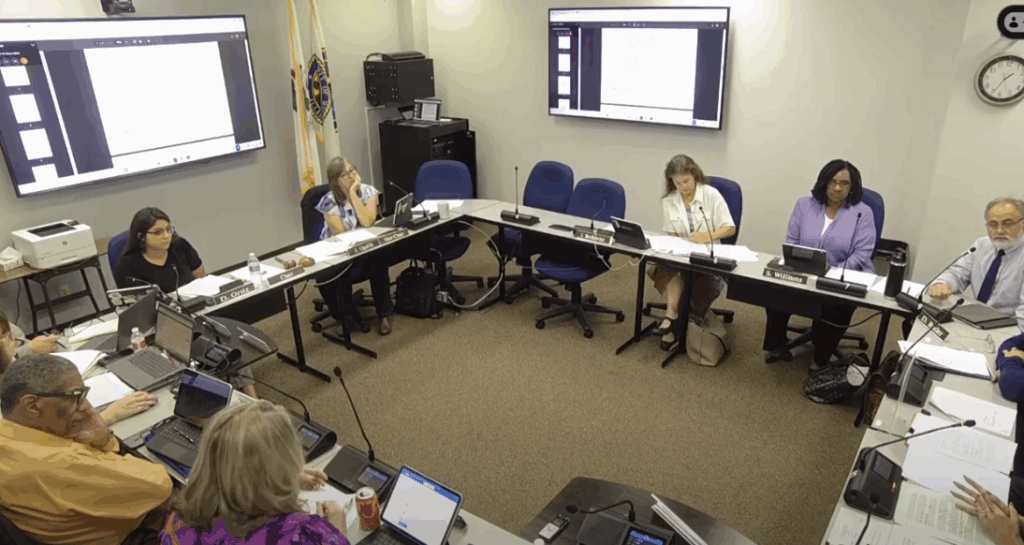
Looming State Energy Bill Threatens to Further Limit County Control Over Solar and Wind Projects
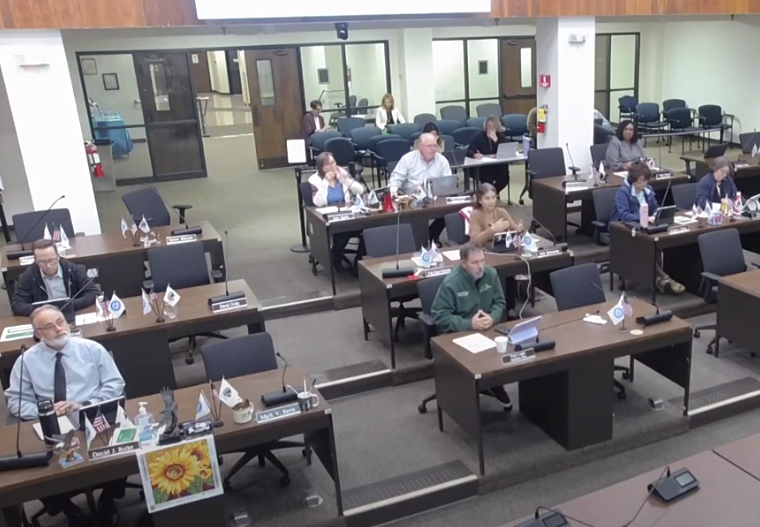
Controversial Immigrant Rights Resolution Postponed by Will County Board After Heated Debate
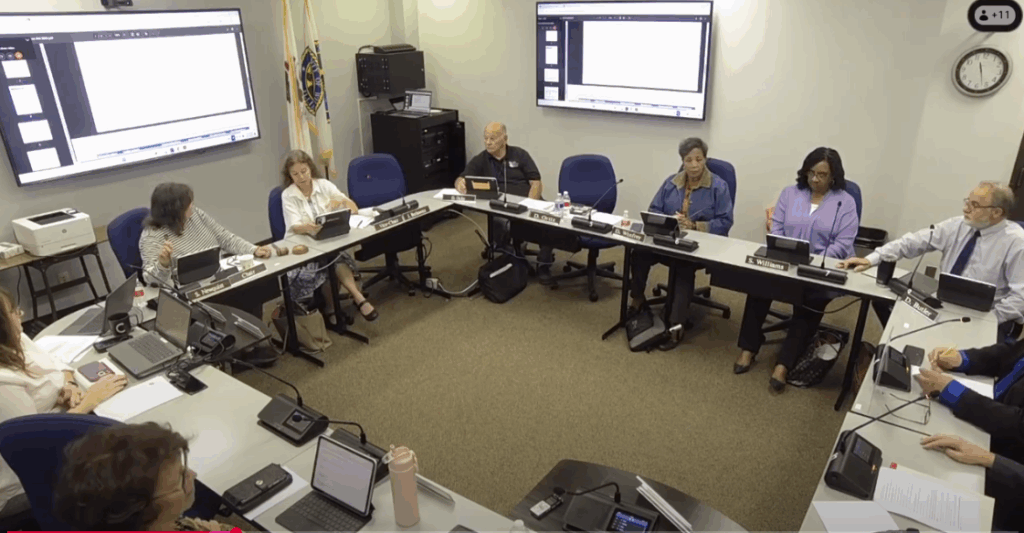
Will County’s Gas-to-Energy Plant Reports Nearly $460,000 Net Loss Amid Operational Setbacks
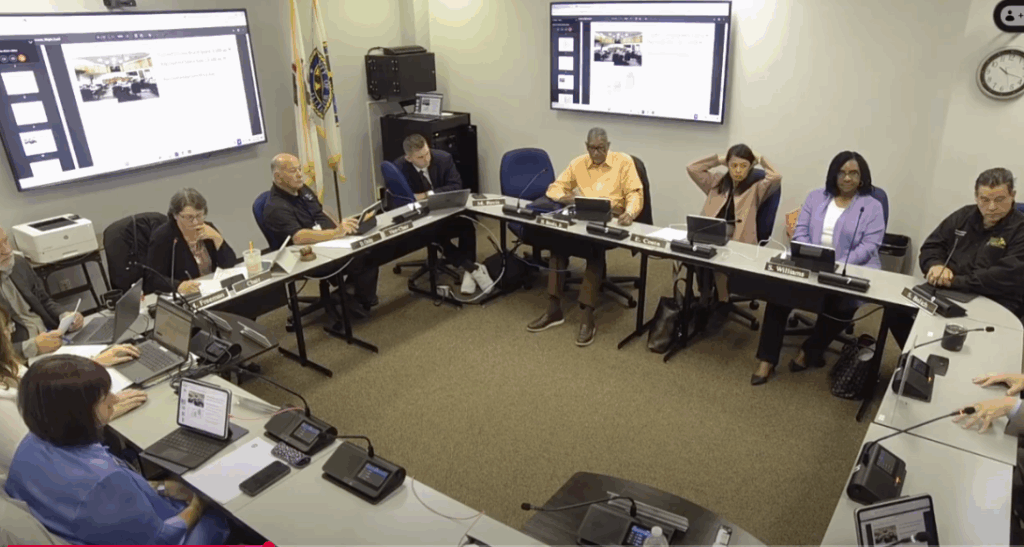
Will County to Draft First-Ever Policy on Artificial Intelligence Use
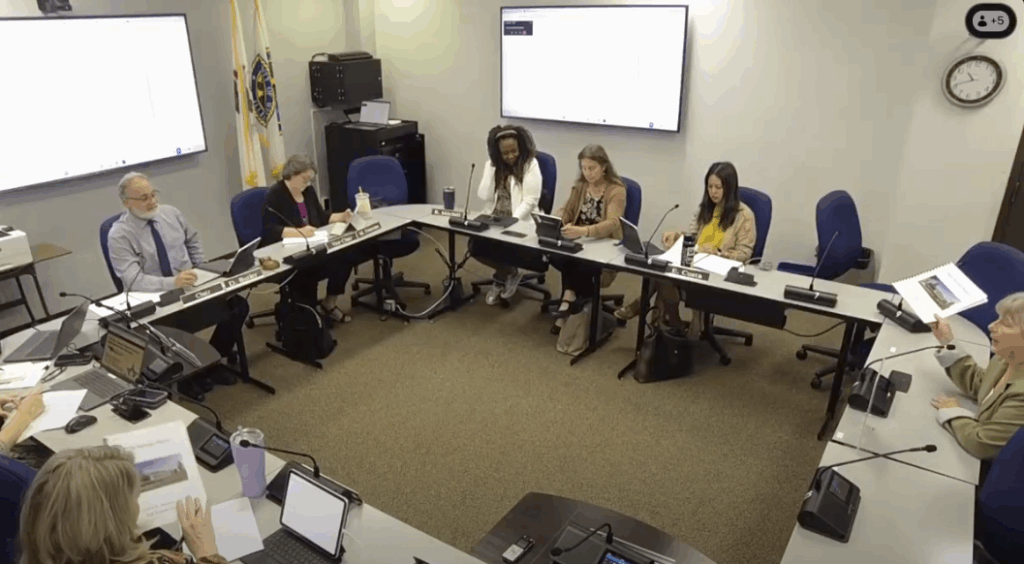
Will County Sees 50% Drop in Opioid Deaths, But Alarming Rise in Suicides
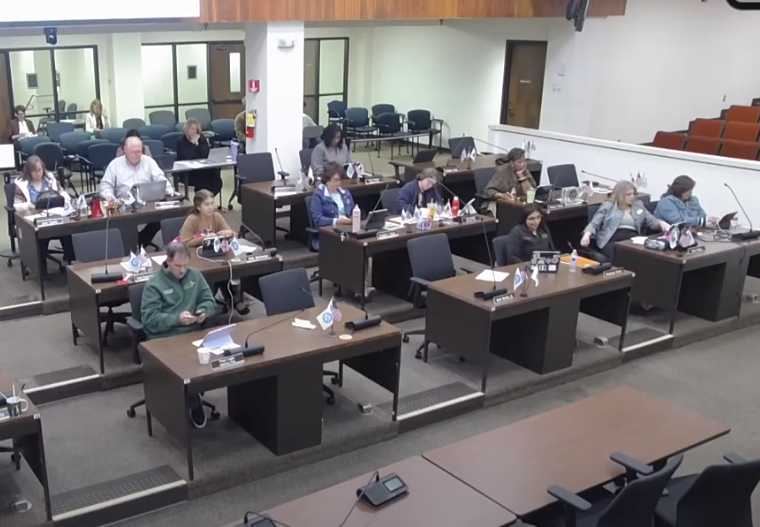
Will County Board Backs Effort to Rename ‘Stigmatizing’ Chicago Sanitary and Ship Canal
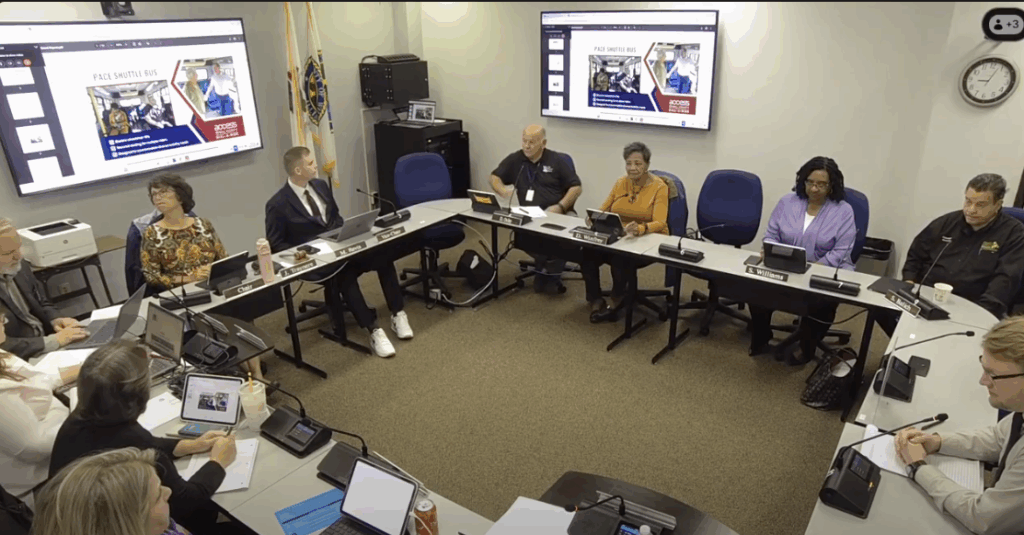
Access Will County Dial-a-Ride on Track for Full County-Wide Service in 2026
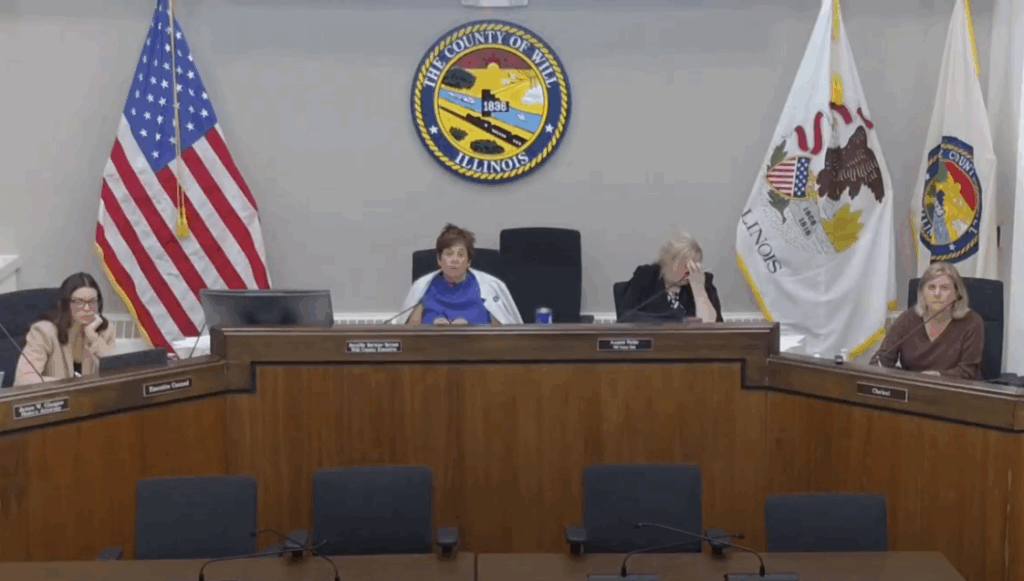
Will County Reverses Zoning on Peotone Farmland to Facilitate 10-Acre Sale
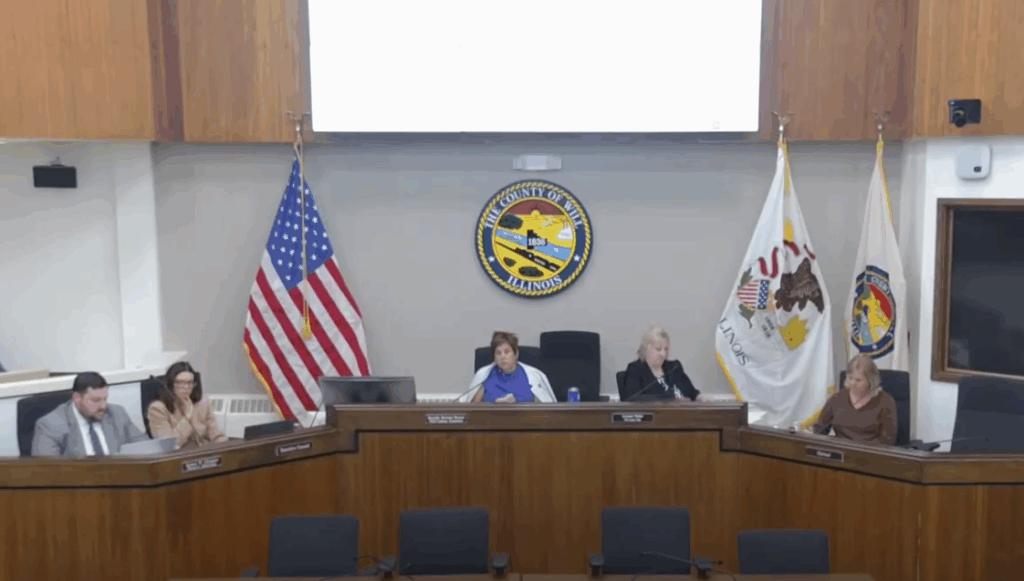
County Board Abates Over $25 Million in Property Taxes for Bond Payments
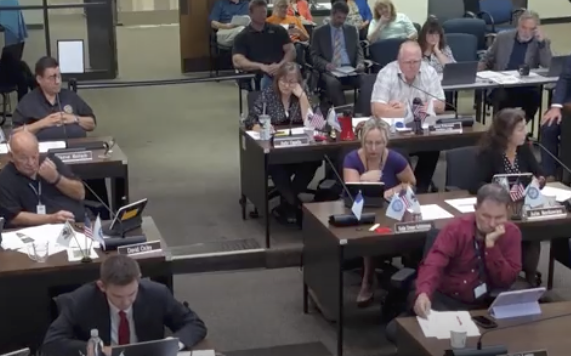
Divided Will County Board Authorizes Condemnation for 143rd Street Widening

Meeting Summary and Briefs: Will County Board for September 18, 2025
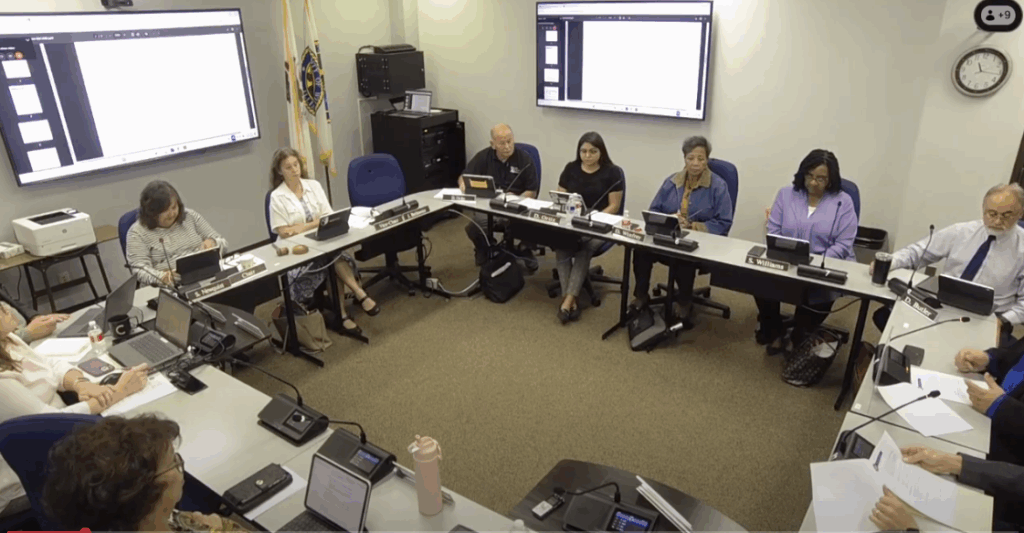
Will County Committee Approves Preliminary $161.6M Tax Levy on Split Vote Amid Heated Debate Over Spending
